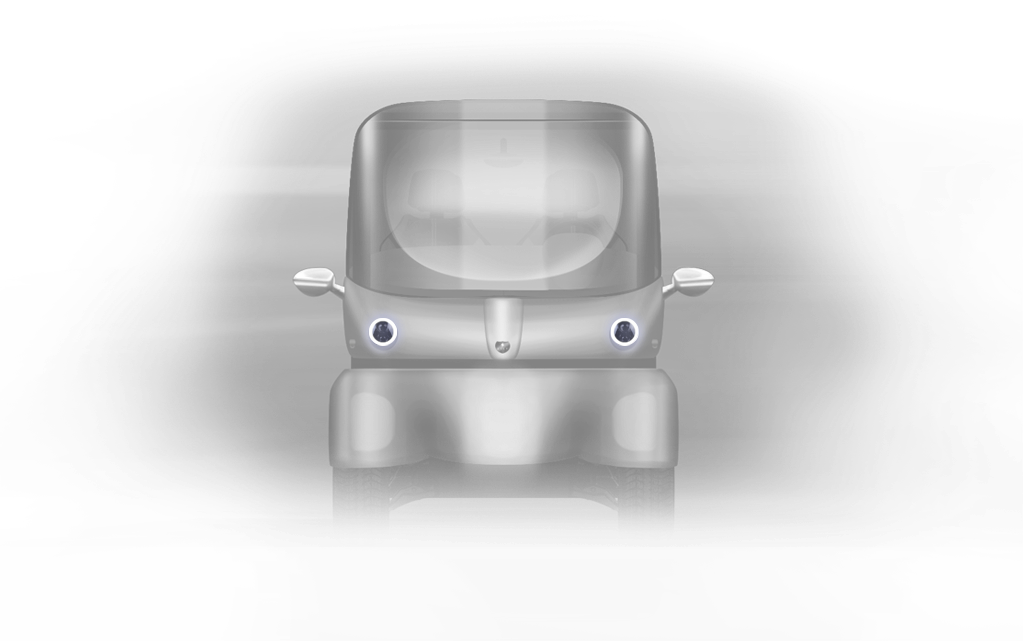
GREEN CARS OF THE FUTURE
The world population is growing at a fast pace. This puts a lot of stress on our environment, especially as the majority of people (close to 80%) live in urban environments. This concentration reduces the local movements that people have to make, but creates serious issues as well like air, noise and heat pollution because of the geographical concentration. In addition, roads and public space have limited capabilities: they are a prime resource in cities. Smart cities are increasingly banning classical vehicles in city centers. In spite of these sustainability goals, the need for transport and mobility of people and goods remains. Clean, electric vehicles provide sustainable transport, provided that:
- Electric vehicles are adapted to the needs of cities as opposed to the needs of open roads.
- Electric vehicles are cost-efficient and provide sustainable e-mobility as a service.
The ZILT concept addresses many of these issues by coming up with a vehicle that minimises the use of these resources, while reducing its impact on the environment.
The ZILT vehicle was optimised for urban environments and reducing its environmental impact.
- Air and heat pollution: ZILT are zero-emission vehicles
- Very little impact on the environment: the energy consumed is 10 times less than a conventional small car.
- Recyclable raw materials: the light weight platform is made of aluminium and steel, 100% recyclable. The composite panels in ABS can be recycled as well.
- Noise pollution: electric motors make little noise.
- Less fine dust: as the weight and speed are lower than with conventional cars, brakes and tires wear off much more slowly.
- Better life-cycle use of resources: with the ZILT concept, a vehicle is used most of the time and not parked. Sharing vehicles reduces the number of vehicles on the street and in parkings and increases the useful life of the vehicle.


